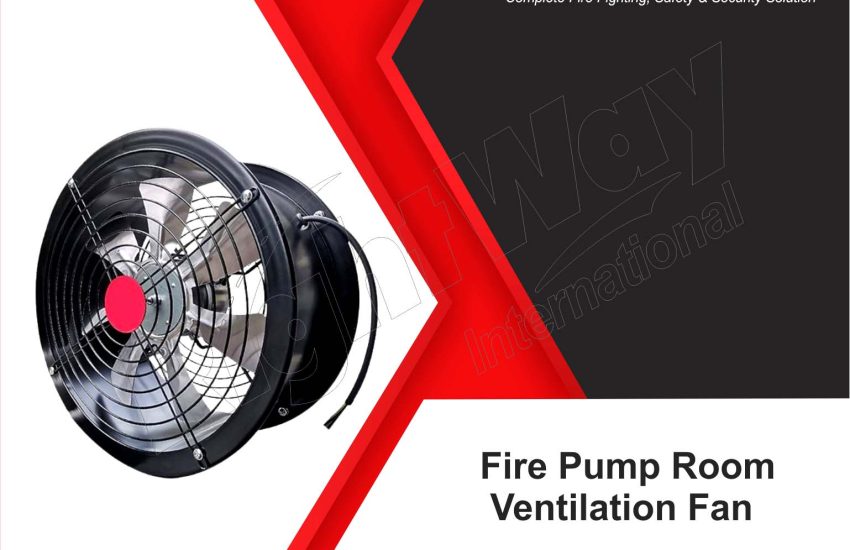When it comes to fire safety, one critical component often overlooked is the fire pump room ventilation fan. Proper ventilation is essential for maintaining optimal conditions in a fire pump room, ensuring the equipment operates efficiently and safely. In this article, we’ll explore the significance of fire pump room ventilation, the types of ventilation fans available, and best practices for installation and maintenance.
Importance of Fire Pump Room Ventilation
1. Equipment Performance
Fire pumps generate significant heat during operation. A ventilation fan helps dissipate this heat, preventing overheating and ensuring that the pump operates at peak efficiency. Proper airflow reduces the risk of equipment failure, which is crucial during emergencies.
2. Air Quality
Stagnant air can lead to the buildup of harmful gases and odors. A well-ventilated fire pump room ensures fresh air circulation, improving the air quality and safety for personnel working in the area.
3. Moisture Control
Excess humidity can cause corrosion and damage to fire pump components. Ventilation fans help regulate moisture levels, extending the lifespan of the equipment and minimizing maintenance costs.
4. Compliance with Regulations
Most building codes and fire safety regulations require adequate ventilation in fire pump rooms. Installing a proper ventilation fan ensures compliance, avoiding potential fines and safety hazards.
Types of Fire Pump Room Ventilation Fans
1. Exhaust Fans
Exhaust fans are designed to remove hot, stale air from the pump room. They are typically installed near the ceiling to effectively expel heated air, ensuring a cooler environment for the fire pump.
2. Supply Fans
Supply fans introduce fresh air into the fire pump room. These fans can be installed near the floor to provide a steady flow of cool air, balancing the temperature and improving overall ventilation.
3. Mixed-Flow Fans
Mixed-flow fans combine the benefits of both exhaust and supply fans, providing efficient air circulation. These fans are ideal for larger fire pump rooms, offering flexibility in airflow management.
4. Inline Fans
Inline fans are installed within duct-work, providing discreet and efficient ventilation. They are suitable for situations where space is limited, offering a compact solution without sacrificing performance.
Best Practices for Installation and Maintenance
1. Proper Sizing
Choose a ventilation fan that is appropriately sized for your fire pump room. Factors to consider include the room’s volume, heat output from equipment, and local climate conditions. An HVAC professional can assist in calculating the necessary airflow rates.
2. Regular Maintenance
Implement a routine maintenance schedule for your ventilation fans. Regular inspections, cleaning, and testing can prevent breakdowns and ensure optimal performance.
3. Control Systems
Consider integrating control systems that automatically adjust fan operation based on temperature and humidity levels. This can enhance energy efficiency while ensuring consistent ventilation.
4. Compliance Checks
Regularly review local building codes and fire safety regulations to ensure your ventilation system remains compliant. This includes checking fan operation, air quality, and system performance.
Conclusion
Investing in a quality fire pump room ventilation fan is essential for the safety and efficiency of your fire protection system. Proper ventilation not only enhances equipment performance but also contributes to a safer environment for personnel. By understanding the importance of ventilation, exploring the different types of fans available, and adhering to best practices for installation and maintenance, you can ensure your fire pump room is always ready for action.


